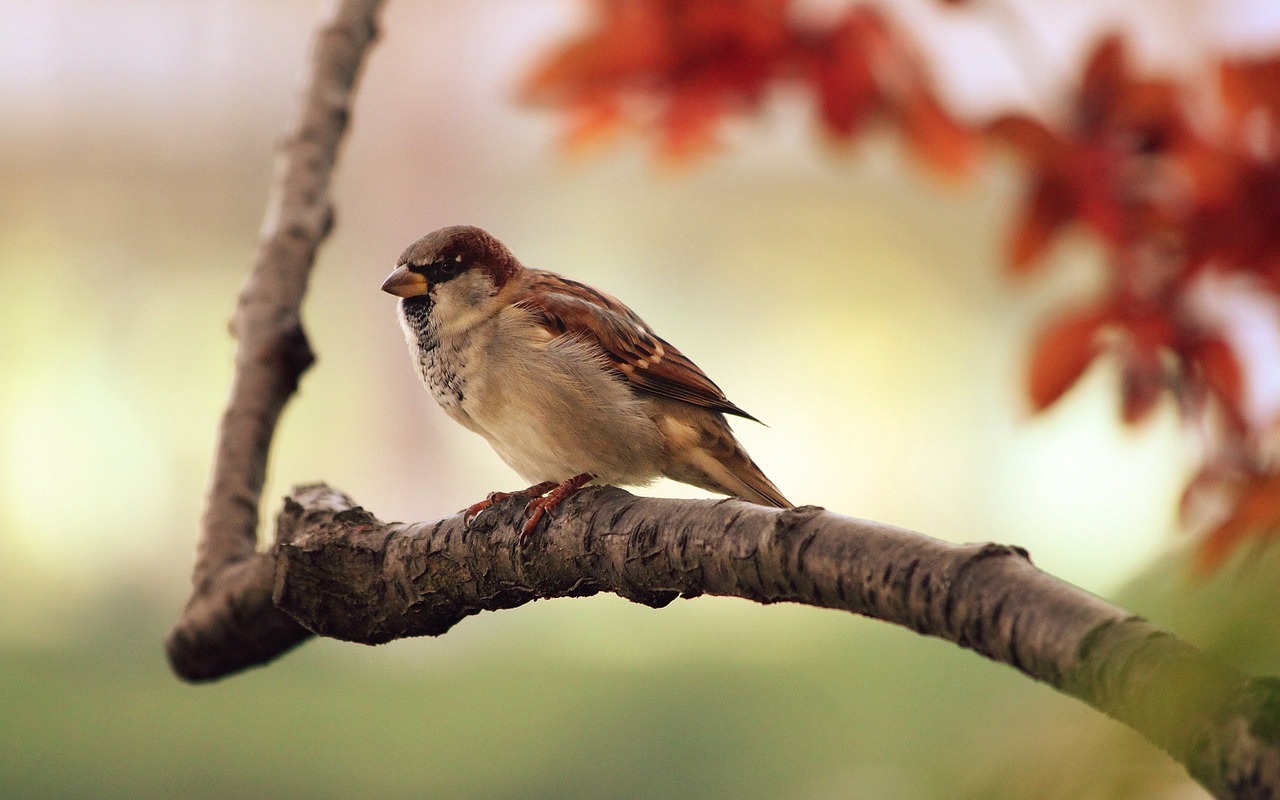
National Feed a Bird Day, celebrated on October 29th, is a wonderful opportunity to connect with nature and help our feathered friends. Birds not only add beauty to our surroundings but also play a vital role in our ecosystem by pollinating plants and controlling pests. To celebrate this day, let’s explore how to create a garden that will attract and nourish wild birds, making your outdoor space a haven for these delightful creatures.
Why Create a Wild Bird Garden?
Creating a wild bird garden is a way to appreciate the wonders of nature right in your backyard. It not only allows you to enjoy the company of birds but also contributes to their well-being. Here are a few reasons why you should consider making a space for wild birds:
- Conservation: Many bird species face habitat loss and food scarcity. By providing a reliable food source, you can help birds thrive and maintain their populations.
- Aesthetic Appeal: A wild bird garden can enhance the visual appeal of your outdoor space. The colorful plumage of birds and their cheerful songs can brighten your day.
- Educational Opportunity: Observing birds in your garden can be an excellent educational experience, especially for children. It provides a chance to learn about different bird species and their behaviors.
- Pest Control: Birds are natural pest controllers. They help keep the insect population in check, reducing the need for chemical pesticides in your garden.
How to Create a Wild Bird Garden
Creating a wild bird garden is a straightforward and rewarding endeavor. Here’s a step-by-step guide to help you get started:
- Choose the Right Location:
Select a location in your garden that is easily visible from your home. Birds prefer safety and seclusion, so choose an area with trees, shrubs, or hedges for natural cover.
- Provide Food:
Birds need a reliable food source, especially during the fall and winter months when natural food may be scarce. There are a few different options to consider:
a. Bird Feeders: Bird feeders come in various designs, including hanging feeders, tray feeders, and suet feeders. Fill them with birdseed, suet cakes, or nectar, depending on the type of birds you want to attract.
b. Native Plants: Plant native trees and shrubs that produce berries, seeds, or nectar, such as sunflowers, coneflowers, and elderberries. These plants provide natural food sources for birds.
- Provide Water:
Birds need water for drinking and bathing. Place a shallow birdbath or a small pond in your garden. Ensure the water source is clean and regularly replenished.
- Shelter and Nesting Sites:
Birds need a safe place to rest and nest. You can offer them shelter by adding birdhouses or leaving dead trees and branches in your garden. Different bird species prefer different types of nesting places, so do some research to cater to the birds in your area.
- Keep It Safe:
To ensure the safety of your feathered guests, make sure your garden is a bird-friendly space. Avoid using chemical pesticides, which can harm birds and their food sources. Also, prevent cats from roaming freely in your garden, as they can pose a threat to birds.
- Observe and Learn:
Once your wild bird garden is set up, take time to observe the visitors. Keep a bird-watching journal to record the types of birds you see, their behaviors, and any interesting observations. Learning about the birds that visit your garden can be a fascinating and educational experience.
- Share the Joy:
Invite friends and family to enjoy your bird-friendly garden. Share your knowledge and passion for birdwatching with others to spread awareness about the importance of protecting these amazing creatures.
Common Birds to Attract
The birds you attract to your wild bird garden will depend on your location and the types of food and shelter you provide. Here are some common bird species you might encounter in your garden:
- Cardinals: Known for their vibrant red plumage, cardinals are a favorite among birdwatchers.
- Bluebirds: Eastern and Western bluebirds are both stunning species known for their striking blue feathers.
- Sparrows: House sparrows are small and social birds often found near human habitats.
- Hummingbirds: These tiny birds are a joy to watch as they hover and sip nectar from flowers.
- Finches: Goldfinches and house finches are colorful and lively visitors to bird feeders.
- Woodpeckers: These industrious birds are known for their distinctive drumming and tree-clinging behaviors.
- Thrushes: Robins and other thrushes are known for their melodious songs and distinctive spotted breasts.